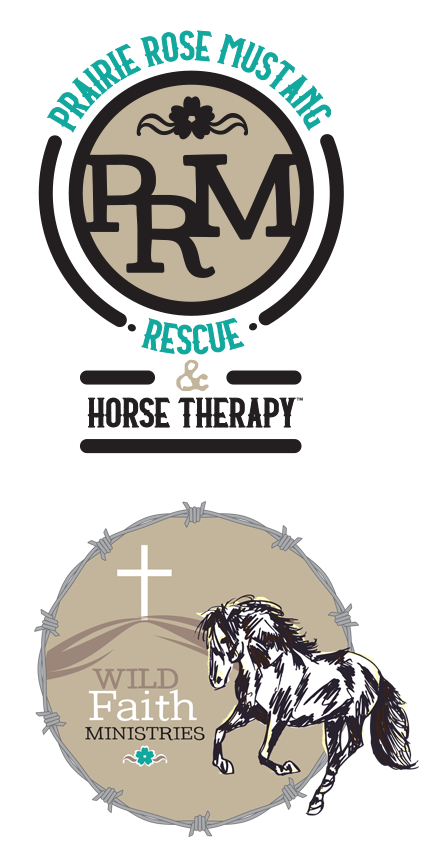Most common difficulties in rescue horses and mustangs and how to help them overcome them
Naturally there’s a lot of things to expect that you’ll need to help a rescue horse or or mustang work through and overcome — like being in a new environment, getting used to you and new people or new horses and animals around them.
But there are things that most people don’t always expect from all horses. As horses get more used to their environment and their new owner, they start to come out of their shell and get more comfortable more and more of their personality will show through and that can often come with strong opinions that aren’t just from them being scared but from them being open with you and voicing their feeling to you. Being able to read a horses mood and emotions is amazing and is a huge part of bonding with a horse so you both can communicate and build a strong relationship.
One of the most common things that comes with horses who haven’t had the chance to be desensitized early on because of being born in the wild or being neglected or even just being young, is having ear or face shyness. Not every horse is okay with having their ears or face touched anyway, but a neglected horses may additionally not feel safe with someone touching their face because it is such a venerable area.
What’s helped horses I’ve worked with is just making it a really safe and positive experience and taking it at their pace. Make sure the place you are working in is quite to allow for a moment between you and your horse so the focus is really on you and other things aren’t spooking or making the horse nervous. What helped me with my mustang is lots of quality time doing simple things like brushing, picking up their feet, putting a halter on and off.
Things like that will get your horse used to you fussing over them and just having your hands around their ears and of course lots of treats for times that they’re open and willing to try and learn new things.
Another thing that helps to overcoming ear and head shyness, is to find a certain pressure point that is just back from between the ears. Massaging this area slowly can bring relief and perhaps a pleasant distraction to your horse. Once they realize that allowing you to touch those vulnerable areas results in a calming sense, trust will build from there.
The technique of massaging that pressure point has also helped overcome the common difficulty of a horse lifting his head to refuse haltering. By massaging the area just behind the ears, the horse may become more responsive to the cue of softly snapping fingers down low to drop his head and find a treat as a reward.
Another common difficulty is desensitizing a horse to grooming. From allowing you bring a brush all over the tummy area or even down the legs, certain areas can feel vulnerable or even ticklish or odd to an adult horse who has not been handled as a foal. A technique I have used is rather than move away when I sense an area is overly sensitive, I try to just hold the brush stead in that area until it becomes accepted. The brushing stroke might just be too much for a horse with sensory issues, so just keeping the brush steady and light on an area can help the horse adjust to the touch.
